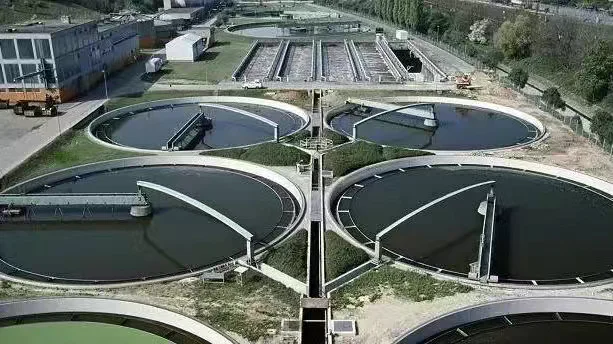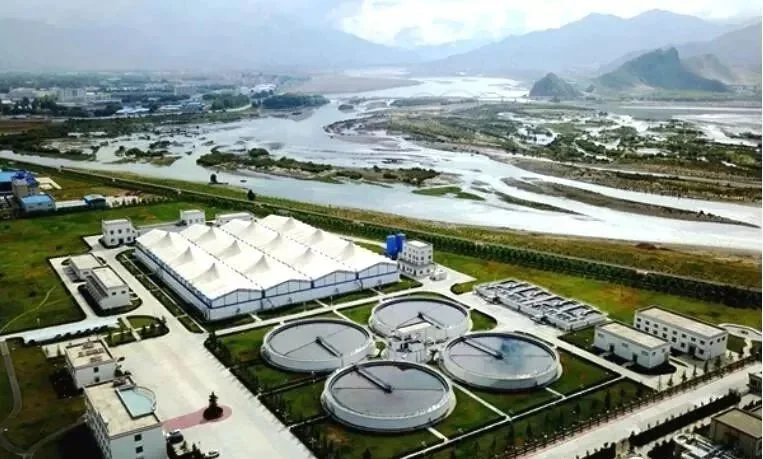In wastewater treatment, biodegradability shows how well organic matter can be broken down by microbes. We often use the B/C ratio (BOD/COD) to judge it:
- B/C > 0.3 → Good biodegradability, suitable for biological treatment
- B/C < 0.3 → Poor biodegradability, needs improvement
So, how can we make the water easier to treat? Here are 4 common and effective methods used in real projects 👇

✅ Method 1: Pre-Treatment to Remove Large Organic Molecules
Use screens, oil separators, and chemicals like PAC or PAM. They help take out grease, suspended solids, and large, hard-to-degrade compounds. This reduces the load for the next treatment steps.
✅ Method 2: Hydrolysis-Acidification or Anaerobic Treatment
Set up hydrolysis tanks, UASB, or IC reactors. These units break down large molecules into smaller ones, making them easier for microbes to digest. This boosts the overall system efficiency.
✅ Method 3: Advanced Oxidation Processes (AOPs)
Use Fenton oxidation, ozone, or other strong oxidants. They generate hydroxyl radicals (•OH) that destroy complex organics. This method is fast and improves biodegradability a lot.
✅ Method 4: Iron-Carbon Micro-Electrolysis
This process uses iron and carbon to form tiny electric currents. It breaks down stubborn pollutants. Also works well when combined with Fenton oxidation.

🧠 Final Tip
Poor biodegradability doesn’t mean the water is untreatable. Use the right tools and combine smart processes. That’s the key to stable and efficient wastewater treatment! Got more experience? Share in the comments!
